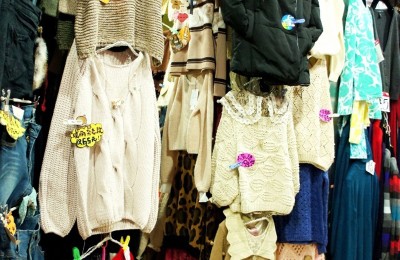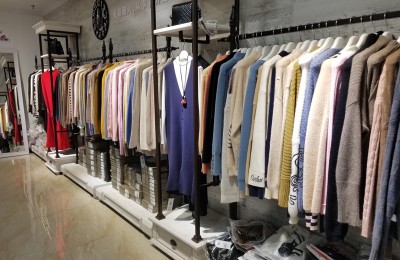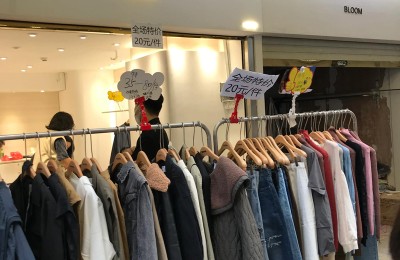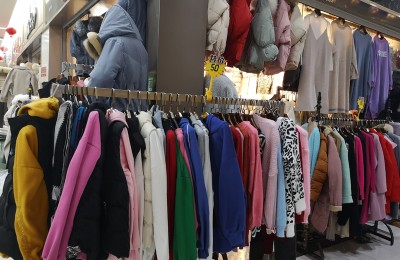Causes and control of common defects in polyester-cotton roll-dyed fabrics
Causes and control of common defects in polyester-cotton roll-dyed fabrics
During the production process of polyester-cotton fabrics, various colors, stains, etc. often appear due to equipment or operation reasons, which seriously affects product quality. Repairs not only cause a waste of manpower, material resources, and resources, but also delay delivery. Several points are proposed for this reason. Control suggestions and discuss them with everyone.
lWashing flowers
Because the weaving manufacturer used scrubbing solvent on the stained gray fabric and did not iron it in time after scrubbing, the additive remained on the cloth for too long. This causes different degrees of denaturation of the polyester. In addition, the pre-dyeing time of the jigger dyeing machine is insufficient, resulting in solvent residues, and the dye in the scrubbing area is colored quickly, resulting in color flowers. For this reason, the pretreatment time should be extended, and the original 4-pass scouring and 4-stage oxygen bleaching should be changed to 6-pass cooking and 6-pass bleaching. This will increase the expansion coefficient of the fiber over time and improve the color absorption of the scrubbed and unscrubbed areas. balance. When dyeing, add 1g/L of dye diffusion agent to make the coloring uniform and prevent the occurrence of color blooming.
2 flowers
Warp or weft barring is caused by a variety of factors. The direct heating tube of the jigger dyeing machine is loose, and the pores face the cloth surface. When the dyeing heats up, the local temperature at the pores is high, causing dye competition and the formation of meridional stripes. Generally, the two ends of the reel are more serious; the dryer feeds the cloth unevenly, and the cloth guide shaft Wrinkles are formed by bending, and it is also easy to cause warp stripes. The darker the dyeing color, the more serious this phenomenon is: after drying and dropping the cloth, the temperature in the workshop is too high, the colored cloth is not stretched and shaped in time, and the exposed parts are heated and air-dried, resulting in weft Irregular stripes and high humidity in the drying cloth can easily cause this phenomenon.
3 dot-like spots
The jigger dyeing machine is not washed thoroughly after boiling and bleaching, and the floating objects on the liquid surface and the accumulation on the side of the machine are not cleaned. The dyes, weak acids and unwashed accumulations added during dyeing form agglomerates, which stain the cloth surface and cause stains. Therefore, it is necessary to improve the quality of car operators, focusing on strengthening operation and management.
4Vitiligo
During the boiling, bleaching and washing process of the jigger dyeing machine, the condensation water residue formed by the top cover when encountering steam contains a large amount of alkaline, which drips onto the cloth surface during dyeing. This area may not be colored or the coloring rate may be low, causing white spot control. Method: Use a dry cloth to clean away the condensed water from the last wash to dyeing. In addition, if the various additives used in drying the car are not cleaned thoroughly. If alkali or insurance powder remains, it will also cause white spots. VpTnQEL
Disclaimer:
Disclaimer: Some of the texts, pictures, audios, and videos of some articles published on this site are from the Internet and do not represent the views of this site. The copyrights belong to the original authors. If you find that the information reproduced on this website infringes upon your rights, please contact us and we will change or delete it as soon as possible.
AA






